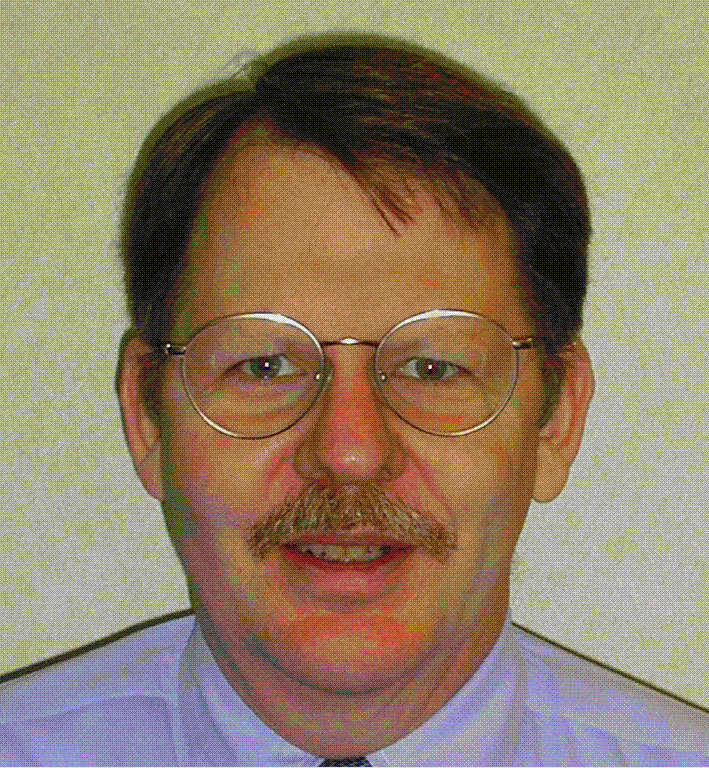Senior Scientist
National Institute of Standards & Technology
Abstract: Many researchers use simulation to investigate network congestion, often finding congestion spread can be modeled as percolation, spreading slowly under increasing load until a critical point, then spreading quickly through the network. The researchers identify signals that arise around the critical point. Such signals might foreshadow onset of widespread congestion. These findings suggest a theoretical basis for monitoring methods to warn of impending congestion collapse. Yet questions surround the research, as the models are abstract, bearing little resemblance to deployed networks. We explore these questions by examining the influence of realism on congestion spread in simulations. We begin with an abstract model, from the literature, and add elements of realism in various combinations, culminating with a high-fidelity simulation, also from the literature. By comparing patterns of congestion among combinations, we make four main contributions. First, we illustrate that congestion spread in abstract network models differs significantly from spread in realistic models. Second, we show that models investigating network congestion must include specific elements of realism before acceptable engineering findings can be established. Third, we identify the influence of specific elements of realism on congestion in network simulations. Finally, we demonstrate an effective means to compare congestion patterns among network simulations comprising diverse configurations. We hope our contributions lead to better understanding of the influence of realism on congestion in network simulations, and to improved dialog throughout the diverse community of researchers who rely on network simulations.
Speaker Bio: Dr. Kevin Mills is a senior scientist with the Information Technology  Laboratory at the US National Institute of Standards & Technology. In 1996, he received a PhD in Information Technology from George Mason University, where he served on the adjunct faculty through 2006. From 1996 to 1999, he served as a program manager at DARPA. His current research interests include understanding and predicting behavior in complex information systems.
Laboratory at the US National Institute of Standards & Technology. In 1996, he received a PhD in Information Technology from George Mason University, where he served on the adjunct faculty through 2006. From 1996 to 1999, he served as a program manager at DARPA. His current research interests include understanding and predicting behavior in complex information systems.
Date/Time
02/01/2016
1:00 pm - 2:00 pm
Location
C4I Center ENGR 4705
